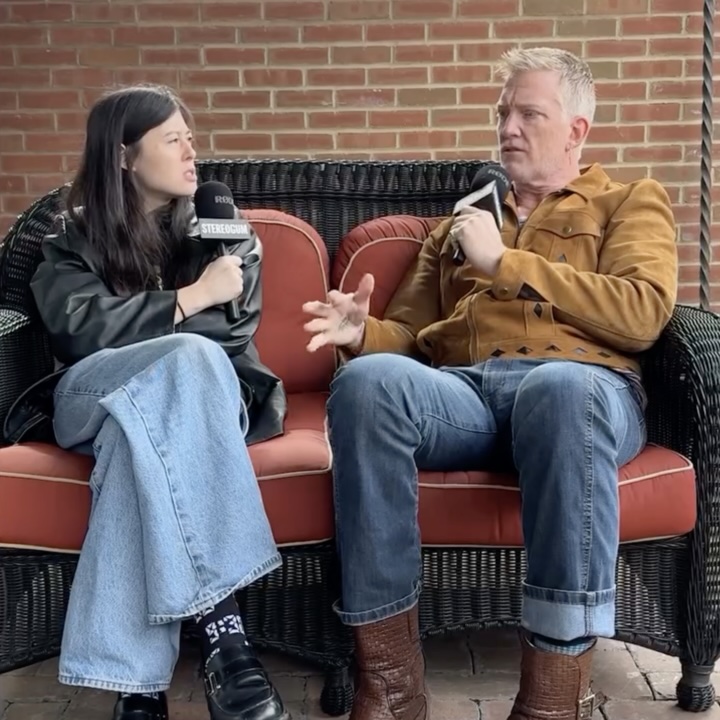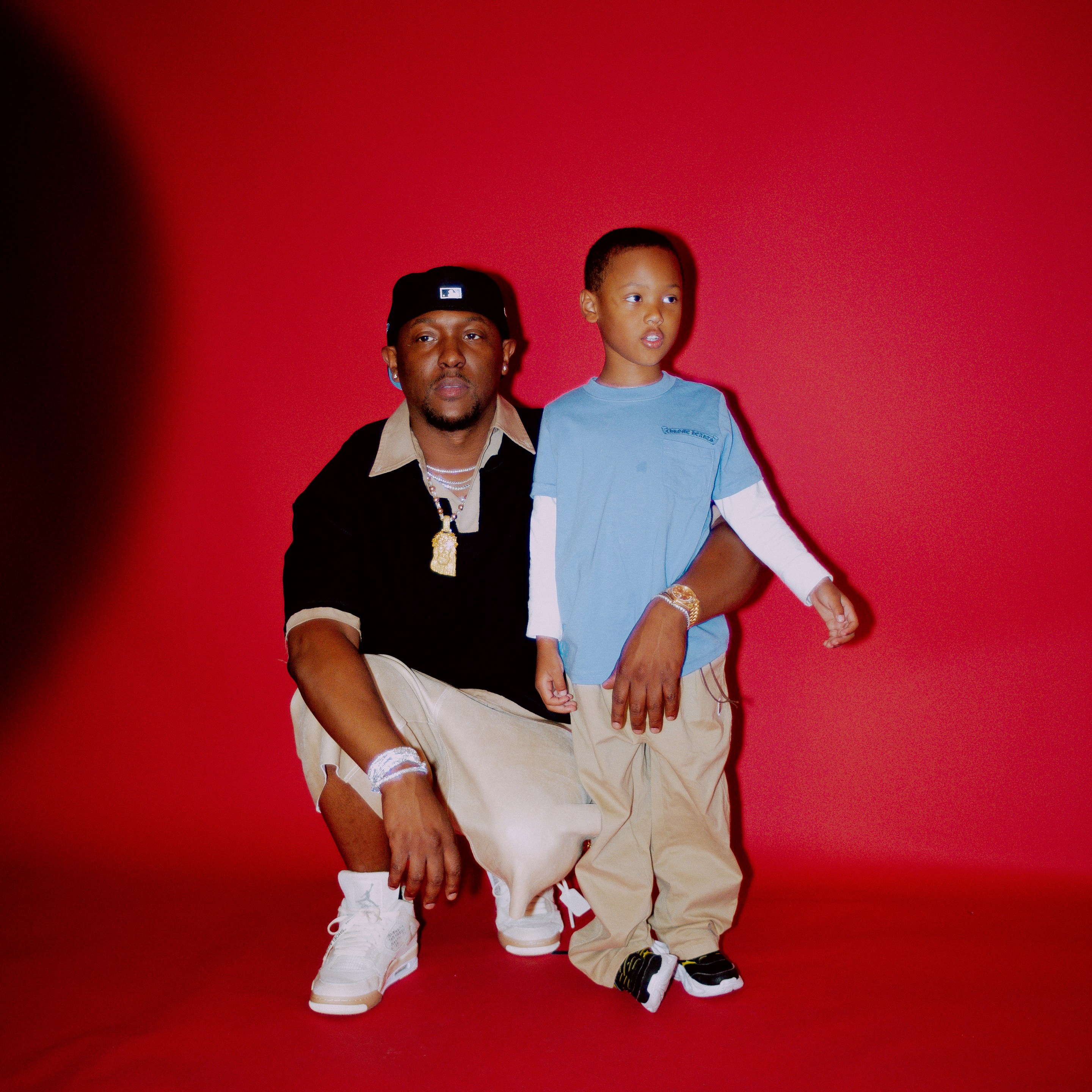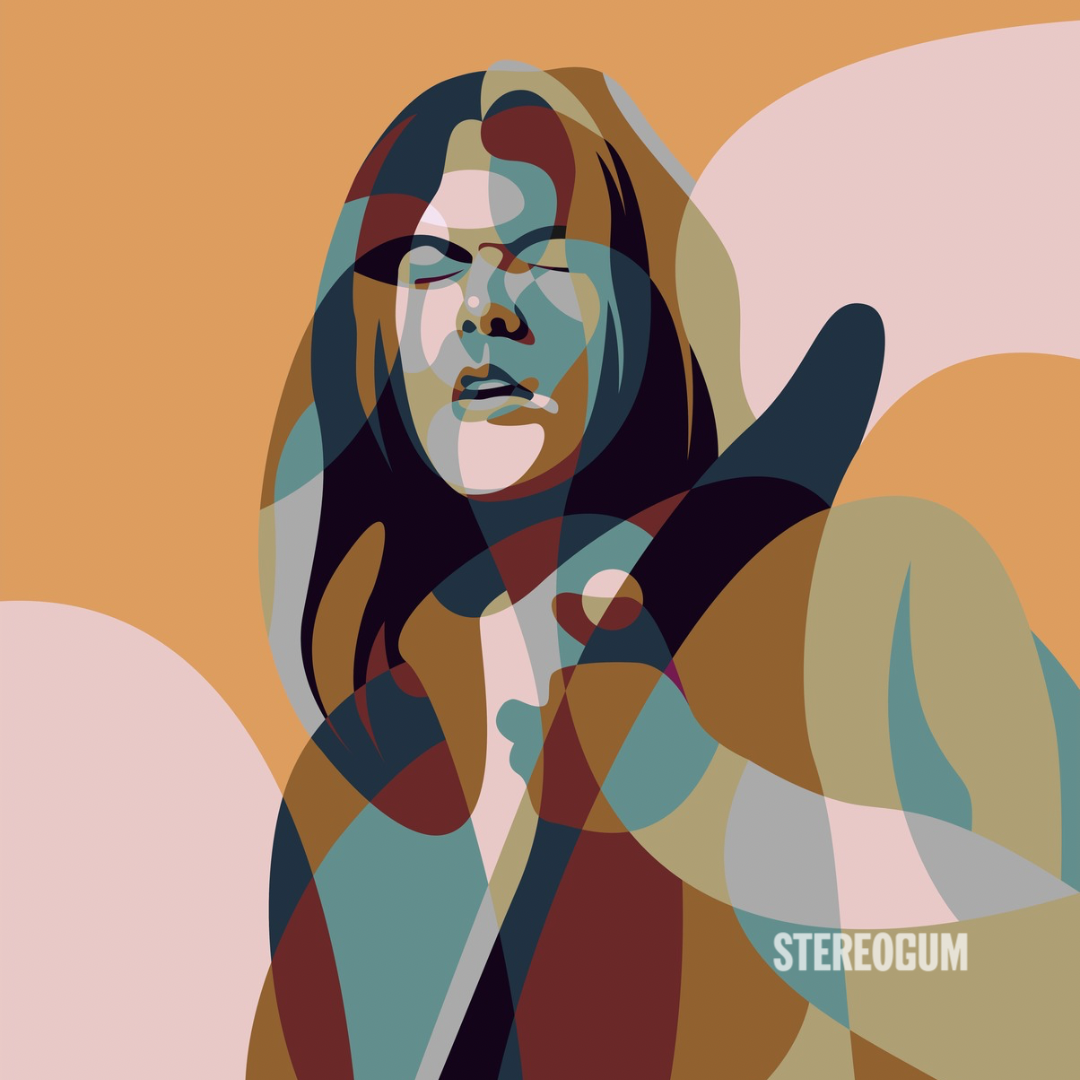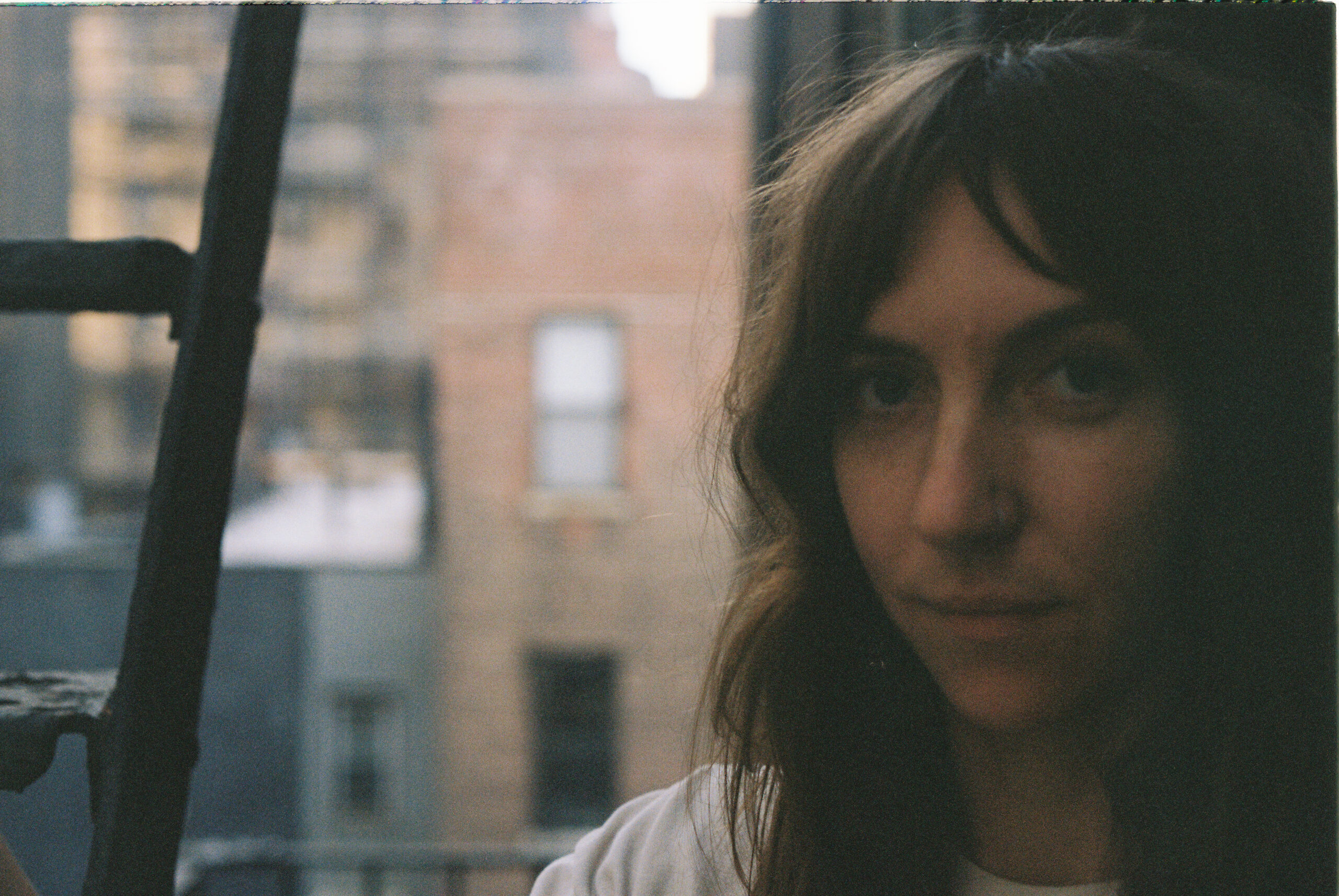The Chicago artist on her stellar new album Romantic Piano, working with Yoni Wolf and David Bazan, and why she stuck with instrumental music even after regaining her voice
When Gia Margaret first turned to ambient music, she did so out of necessity. Not long after the Chicago artist released her debut album There's Always Glimmer, she found herself without a voice. Placed on vocal rest by her doctor due to an illness, she ended up making Mia Gargaret. The deeply affecting album was recorded at home as she was trying to sift through the complicated emotions of not being able to express herself with what felt like an essential component of her songs: that smoky smooth voice, which carried her ballads to their next-level conclusions. But if Mia Gargaret was created when she could not use her words, Gia Margaret's new album Romantic Piano was made when words could not suffice.
"Instrumental music just became part of my artistic makeup, my genetic makeup," Margaret says on the phone, calling while on a walk around her neighborhood, where birds can be heard twittering away in the background. "The pandemic happened and I, like so many of us, was just at a loss for words. I didn't know how I felt about anything, so making more instrumental music felt like the right thing for me to do, rather than force my way through words."
"The record isn't what I planned," she continues, echoing a sentiment also conveyed when Mia Gargaret came out, when her more conventional songwriting gave way to exploratory synthesizers and superimposed samples. The pandemic led Margaret to buy a piano, an instrument that she began playing when she was six but hadn't spent much time with since college, when she dropped out of a composition program after a year. "It felt like a full circle moment," she notes. "Getting back in touch with the object and the instrument that made me start to play music."
And Romantic Piano sounds like a love letter to that instrument, one that turns listening to it into a tactile experience -- where you can hear every depression of the keys, sense the air around Margaret as she was recording it. "I've always loved the mechanics of the piano," Margaret says. "It can get complicated when you're layering, because some of these pieces are very layered, but sometimes the pedal noise and the hammers, they all work together and create a sort of rhythm. I just let the imperfections be a part of the music."
Margaret started recording the songs that would end up becoming Romantic Piano at home, excited about using an instrument she had put by the wayside for some time. "I had the piano near my kitchen and set up all these microphones, but I lived on a sort of busy street and you could hear a lot of what was going on outside, a lot of city noise. So I ended up getting pretty frustrated." She split her time between two other home studios, one owned by a friend and another by someone she didn't know as well at the time, who set up a bed in their coach house for Margaret to work in. "I never recorded in a proper studio, it was still very DIY," she says. "I was still figuring out what I liked out of the piano sounds, so I wasn't attached to things being really pristine."
The initial kernel for the album came out of "Cicadas," a calming track offset by the steady hum of, you guessed it, cicadas. "I think it always starts with a song, and then I just have this gut feeling that this is the start of a collection of other things," Margaret explains. "I recorded 'Cicadas' first, and I just kept listening to it and it really comforted me. And I was like, I want to do more of this, this feels really good, so I kept adding to what I thought went along with it, or what I felt went along with the way that I was feeling at the time. So then I recorded two others, and decided that I am just going to make a piano record -- that this feels like what I want to be doing right now."
There's an intuitiveness to Romantic Piano, one that seems tied to Margaret's conscious decision to not pursue lyric-based songs. "With instrumental music, it's more meditative," she says. "I'll sit down and know that something will come out of it because I'll just try to lose myself in sound, not think about words or even meaning as much" -- as opposed to writing music with words, which requires turning abstract feelings into concrete shapes. At only 30 minutes, Romantic Piano doesn't overstay its welcome, another intentional choice that Margaret made. "Instrumental music it can be kind of endless. Sometimes you wonder if what you made is music at all," she says. "I didn't want to subject anyone to two hours of me hammering on the piano." Though Romantic Piano is brief, it's incredibly powerful -- designed for full immersion, even as our attention spans dwindle.
Compared to Mia Gargaret, Romantic Piano feels more external, despite being recorded during an isolated time period in everyone's lives. At least to me, it feels more in touch with the natural world than Mia Gargaret did, in part because of the many field recordings that are woven in and around Margaret's piano-playing. "I feel like it still was a very internal time for me," Margaret says. "But being outside in the open definitely helped my mental state, helped lighten things. Whenever I'm looking around outside, I kind of forget who I am a bit. Whereas on Mia Gargaret, I was just in my apartment not wanting to go outside, not wanting to run into anyone because I was on vocal rest." The difference between the two can be chalked up to desire: Where Mia Gargaret was created out of avoidance, Romantic Piano stemmed from a certain yearning that we all feel when we're cooped up for too long.
Mixing a record as intimate and delicate as this is not something to take lightly. "I was supposed to go to LA and mix with an engineer who helped me with my first two records," Margaret says. "But there was a COVID spike, and it wasn't a great time to get on the plane. I remember driving and not knowing what to do. I couldn't think of one person in Chicago -- I don't know why because there are a ton of amazing engineers here, but I couldn't think of the right person to do this with me.
"And then Yoni [Wolf] called me up randomly, and I answered it, and the first thing I brought up was, Would you help me make this record?, and he was down. He was enthusiastic and really encouraging." Margaret went out to the WHY? leader's studio in Cincinnati a couple weeks after that phone call. "I think he's an incredible mixing engineer, I love the way all of his albums sound and I know he's pretty active in mixing them," she says. "He had never mixed a piano record before, and that kind of excited me too, because maybe he'd do things in a way that someone who has done this before wouldn't."
When Margaret links up with a collaborator, it's out of a need to push past a mental block. "It always starts with me and then once I'm bored of myself and I hit a wall, I'll bring someone very trusted onto the project." That's how she ended up working with David Bazan, who gets a featured guest credit on the track "La langue de l’amitié." "I had been sending him all the things that I was working on as I went, and he always told me if I ever needed anything to just let him know," Margaret explains. "Everything was sort of sounding the same to me, and I went to him and asked him if he'd like to co-write, and I think that really freshened things up for me and made me excited about the project again."
"I still feel so embarrassed about my instrumental work," Margaret admits. "It's still so hard for me to believe that anyone cares because there are so many amazing technical players in the world, and I just kind of feel like a baby musician, bashing things together without really knowing what I'm doing. But I have so many interests when it comes to music, and I don't feel like I am just one thing ... I set the bar so low for myself, and I was so surprised by the reaction to [Mia Gargaret]. Even still, I get messages from people saying that the music healed them or got them through a really hard time, and I walk around feeling like garbage every day."
"But I'm just so glad that I did it, and I think that this record, too, will make a lot more sense to me in a year, after I have more space from it," she continues. "The music will always be whatever it will be to someone, and I forget that when I'm being hyper-critical of myself and my work."
"I can think of three very different kinds of records in my head that I want to make while I'm alive," she says. "I feel like they would almost sound like a different artist, but I'm going to try." Margaret is understandably cagey when I ask what exactly those records might be. "I don't want to say things out loud because then someone knows about it and then I have to do it," she says with a laugh. "It's just a tiny seedling. But I will say that the record that I'm making right now sounds a lot different than all of the other records."
No matter what's on the horizon, for now at least we have Romantic Piano, an album that's as playful as it is elegiac, one that's sparse but potent. It's made up of quiet songs that add up to something that is impossible to deny. It reflects the beauty in small changes: the way shadows move across a wall, how the seasons freeze and thaw and bloom. It's the sort of album that one fires up out of necessity, when you need to get your heartbeat back to a resting state.
Romantic Piano is out 5/26 via Jagjaguwar.
We rely on reader subscriptions to deliver articles like the one you're reading. Become a member and help support independent media!







